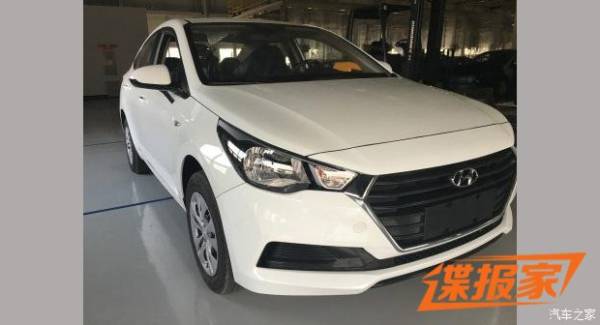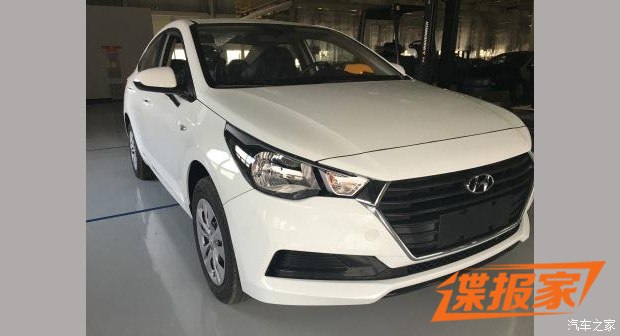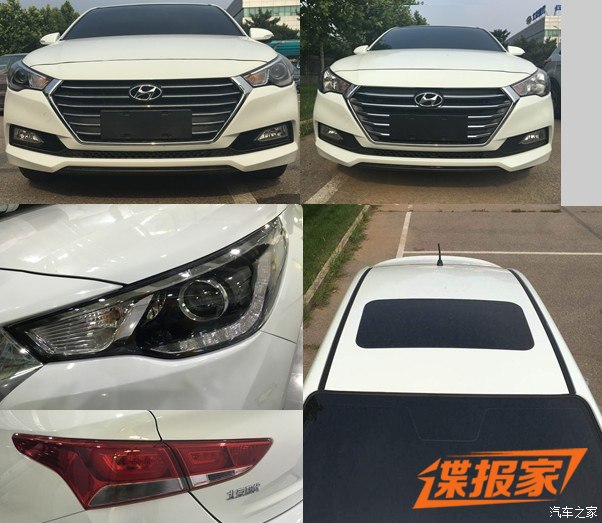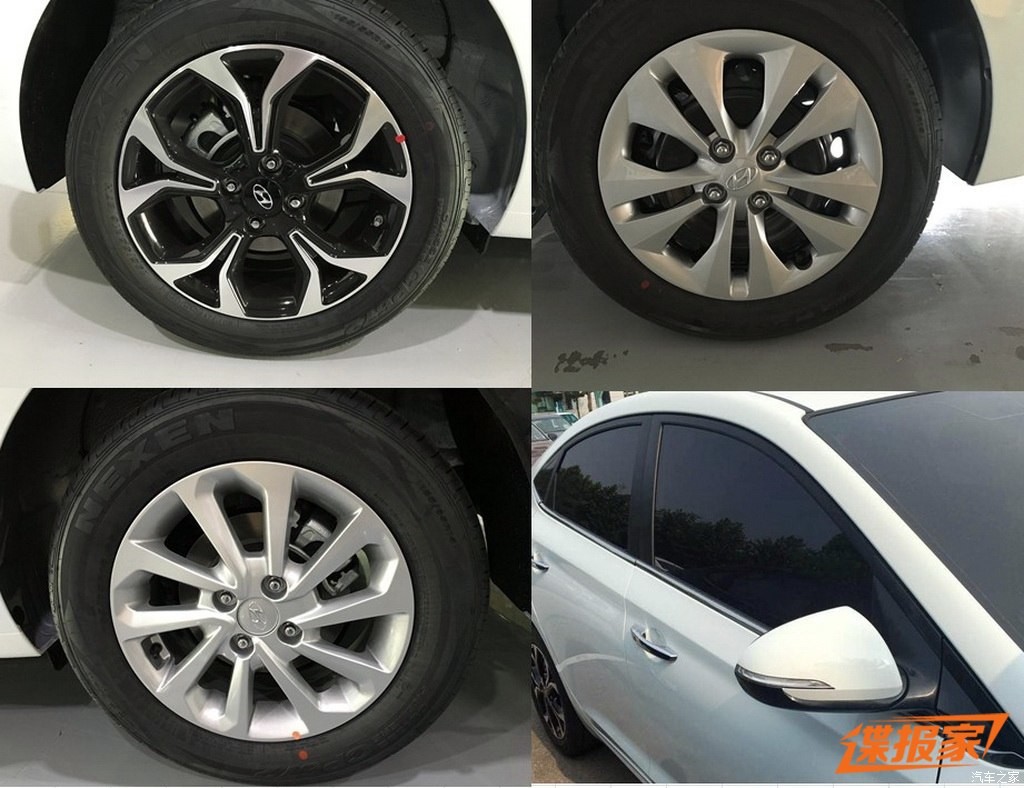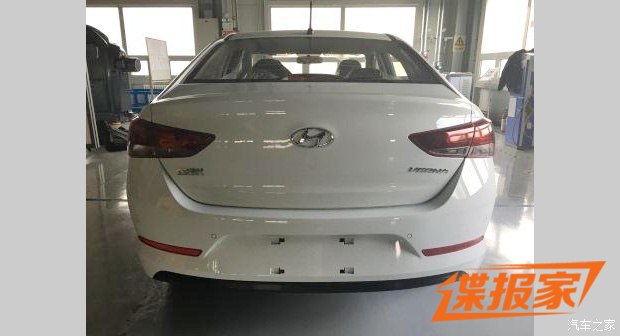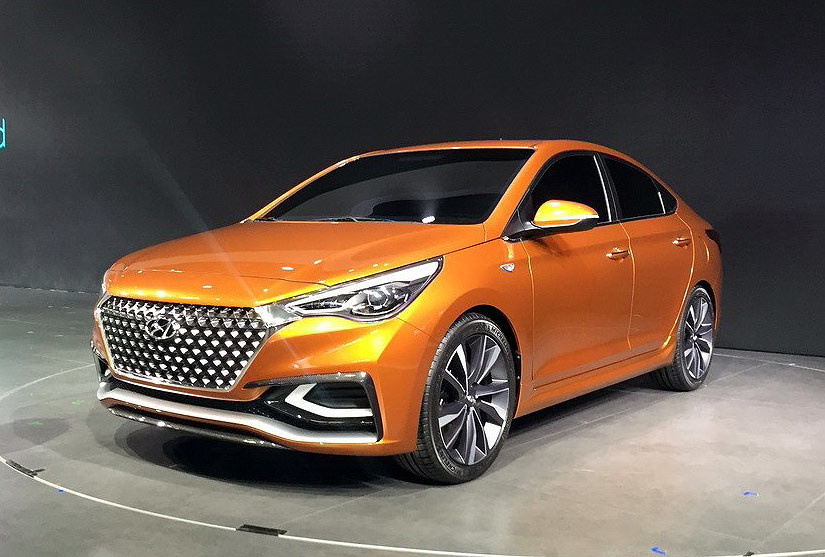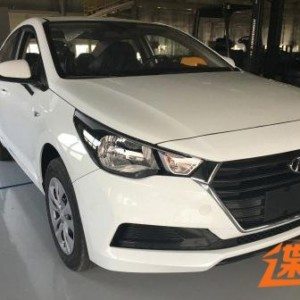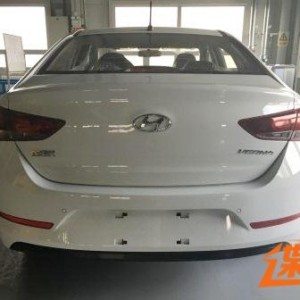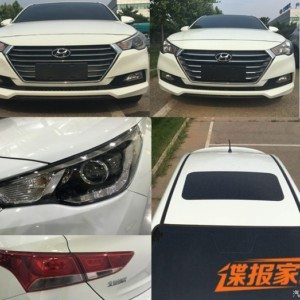The next-gen 2017 Hyundai Verna has been unearthed in China, before its imminent launch there. Presaged by the Hyundai Verna Concept from Auto China 2016, the upcoming C-segment sedan’s design will be governed by the company’s current Fluidic Sculpture 2.0 design language, and every single panel is fresh off the foundry. The all-new appearance is evolutionary, but more sophisticated, and the coupe-like roof line from the original is re-iterated.
Also read: 2017 Hyundai Verna Concept revealed at Auto China 2016
The new trapezoidal grille is more Audi like than ever, right down to the chromed detailing, while higher variants get chunkier slats. The shape of the headlamps have a touch of the latest Lancer in them, but are trendily detailed with the customary DRLs (L-shaped), chrome and projectors.
The sculpting on the sides have been toned down, and the astray lines from its predecessor have given way to softer, tauter and straighter ones. Higher variants get to ride on a set of diamond cut alloy wheels, while the lower variants feature a more humbler set of wheels. The base variant gets wheel caps. Other highlights on the of new Verna’s sides would be chrome runners rearing up the windows, chrome on the door handles, chrome below the doors and ORVM mounted indicators.
Also read: Next-gen 2017 Hyundai Solaris or the new Verna rendered
The rear end has become neater too, with slim, LED tail lamps wrapping themselves around the fatter boot, while long reflectors adorn the new bumper. The registration plate recess moves to the bumper from the boot, and the Hyundai logo takes centre stage. To put in numbers, the 2017 Hyundai Verna measures 4,380 mm long, 1,728 mm wide, 1,460 mm high, along with a wheelbase of 2,600 mm, 30 mm more than its predecessor.
For the Chinese market, the 2017 Hyundai Verna will be purportedly propelled by 1.4- and 1.6-liter petrol engines, good for 100 hp and 123 hp respectively. When launched in India next year, the 2017 Hyundai Verna is expected to continue with the existing 1.4- and 1.6-liter CRDi diesel engines, mated to 6-speed manual and automatic transmissions.
Source: AutoHome

